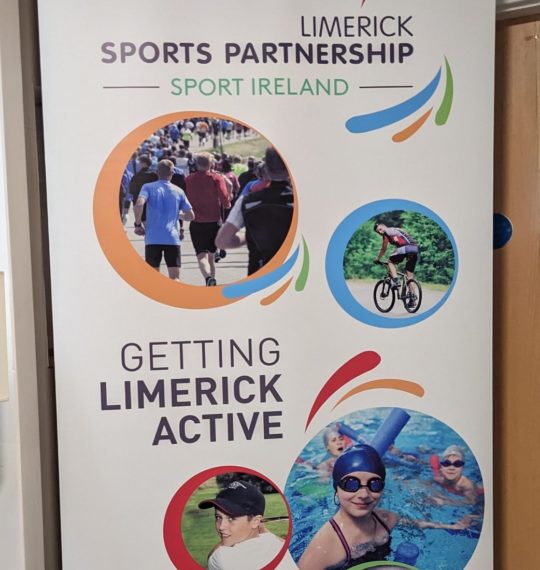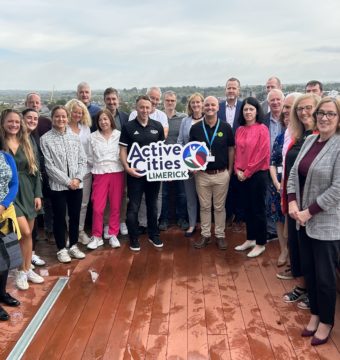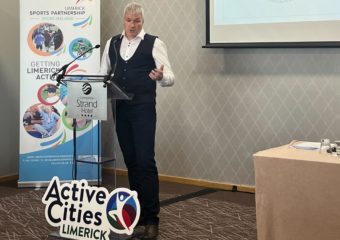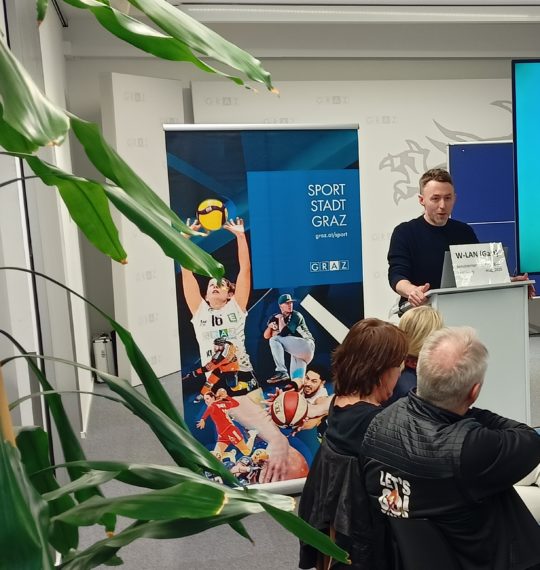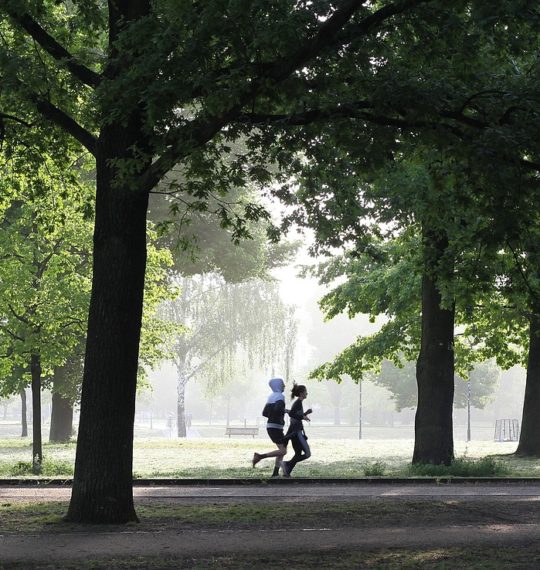What is an active governance?
To make a city more active, the issue of governance is essential because it generally involves a large panel of actors. Approaches like active governance embrace participative and transparent management styles, where all stakeholders are involved in decision-making, fostering adaptability, collaboration, and innovation. This was the theme of the first Pacte+ workshop held in Limerick in September 2023, where partners exchanged knowledge, experiences, and examples of good practices across different cultural contexts. It was also an occasion to focus on Ireland’s “National Approach to Active Cities.”
In the Pacte+ project, “active governance” is defined as an aspect of urban governance. This part focuses on the strategic use of physical activity, mobility and sport to promote and offer individual and collective benefits in terms of well-being and health in an urban context.
A National Approach Against Inactivity
Sport Ireland’s Active Cities project, funded by the dormant accounts fund, invests in sport and physical activity initiatives in Ireland’s five major cities: Limerick, Dublin, Waterford, Cork, and Galway. They have developed a logic model and a local action plan in collaboration with key stakeholders in the sports field in Ireland. The message of Active Cities is to provide opportunities for everyone to be active, regardless of age, ability, or location. Collaboration and partnership thus generate a greater effect by bringing various structures together to construct impactful projects.
In Limerick, the Active Cities project’s local initiative, “Getting Limerick Active,” is guided and advised by an independent steering committee composed of a dozen local stakeholders. This form of active governance allows them to explore participative management styles. By targeting key stakeholders in various areas, they bring multiple fields of expertise and resources to deliver comprehensive programs and projects, from design to delivery and evaluation. For example, one of their main partners is the Parks and Environment department, with whom they work to plan and implement physical infrastructure and design changes in the city.
“True continuous relationships and designated partnerships are what enable us to deliver the best programs and projects.”
Phelim Macken, Manager of the Limerick Sports Partnership
The Benefits of Pacte +
Even though Limerick is part of the national approach, being involved in a project like Pacte+, has allowed them to broaden their concepts by introducing new ones like “Box-up.” Implemented in local parks, this concept offers free access to equipment for everyone. The city of Limerick can thus combine the Irish approach to combating inactivity. Indeed, meetings and discussions with the other cities involved in the project enable them to draw inspiration from good practice in other parts of Europe, and to become aware of the diversity of profiles of people who are far removed from sport.
“Through these projects, we have collaboratively introduced completely new concepts. We are also becoming more open to the multicultural societies in our cities, recognizing the need to offer a broader range of activities that align with diverse interests.”
Pat Quigley, Active Cities Project Lead, Limerick Sports Partnership
Partnerships to meet the challenges
Limerick exemplifies the benefits of active governance. While part of the national approach, initiatives like “Getting Limerick Active” and Pacte+ demonstrate that these strategies enable them to have a greater impact by offering various projects to engage different populations, particularly those far removed from physical activity. One of the biggest challenges today is reducing barriers to physical activity, which are often not just infrastructural but also behavioral. Despite increasing awareness of the impact of inactivity, it’s crucial to empower people and provide them with the necessary resources to encourage long-term physical activity.
“The three functions of our organization are to inform people, educate them, and enable them.” emphasises Phelim Macken.
Another significant challenge is time. These projects depend heavily on budgets for capital infrastructure, leading to timelines that can extend up to a year. The presence of key partners in various organizations is crucial as they drive and support the projects.
“Having everybody believe in the concept or the project is key to what we are trying to achieve.” reminds Pat Quigley.
“ “Places, spaces, and faces” is my motto. We’re looking at places like schools, workplaces, and at ways to create opportunities for people to be more active. This is how we’ve approached the Pacte+ project.”, explains Phelim Macken.




